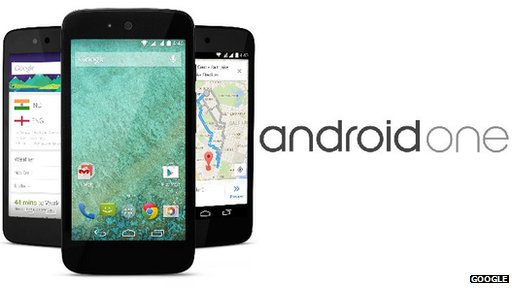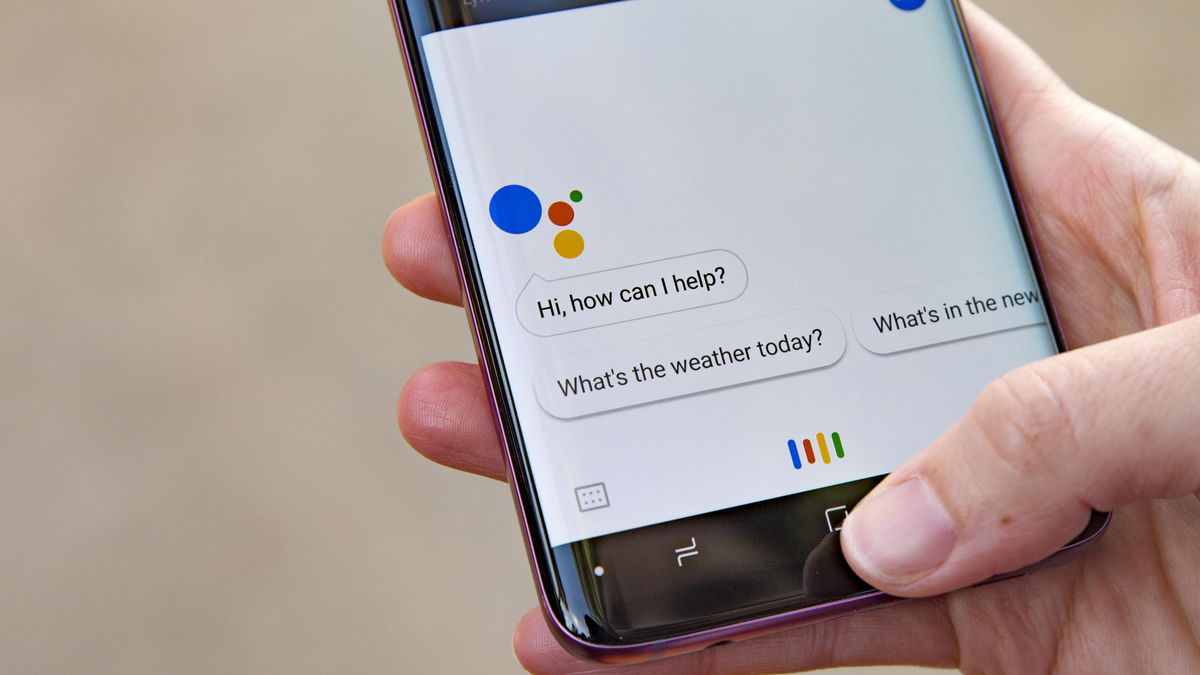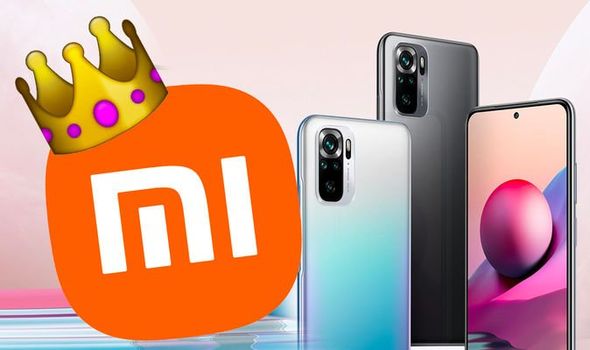Google wants more control over Android, the open source mobile operating system technology that it owns. With Google Pixel, their first serious move into the smartphone space (please don’t say Motorola) also gave them the chance to better control where Android was going.
We’ve written about this need of Google’s to control the hardware side of things, and it’s something that other companies like Microsoft are doing as well. Apple was one of the pioneers of that movement because they were essentially a hardware company that also wrote their own software. But more and more tech companies are realizing that they can only have true control when they dictate what happens on both sides.
RELATED ARTICLE: Apple is Why Microsoft and Google Won’t Quit the Mobile Hardware Game
Google’s problem was that it had zero control over how Android was used. Being a free alternative to building a mobile smartphone operating system from scratch, smartphone makers naturally flocked to Google’s Android. That created massive problems in terms of visibility and control for Google.
With Google Pixel, the company has started to change that. Google wanted to bring their Android experience to users, not Samsung’s or LG’s or anyone else’s, and Pixel phones gave them that opportunity.
Now, Google wants to bring Android One to the United States so it can start its second phase of the “Great Android Clean-up”, as it were.
What is Android One?
To be clear, Android One isn’t a smartphone. It’s a program started by Google to bring Android into low- and mid-range smartphones. In fact, it’s a hardware and software standard that smartphone OEMs (original equipment manufacturers) must adhere to, but it comes with the benefit of having Google do all the heavy lifting. That includes design, development, marketing and support for the devices in question.
The program is highly successful, but was introduced with developing markets in mind. India, the Philippines, Pakistan and several other Asian markets were the target for Android One.
The biggest advantage for Google was that it allowed the company to call the shots on everything. That’s an element they were missing with all other OEMs because, obviously, a company like Samsung, for example, isn’t going to bend to the will of Google for every update or feature introduced to their smartphones.
Why is Google Bringing Android One to the United States Now?
Google’s intention is to gain more control over the Android ecosystem, but Google Pixel isn’t going to make that happen. The premium pricing for these devices will make sure of that.
Therefore, what Google needs at this point is one of two things: make cheaper phones on their own for the U.S. market, or simply bring the Android One program home. It’s obvious what choice they’ve made, and Android One devices should soon be available at prices ranging between $200 and $300.
When you think about it, the plan is near-genius. By encouraging smaller smartphone makers to join the Android One program, they’ll get more control over what they want Android to look and feel like. And with the lower price point, it opens up a much bigger market than the one Google Pixel is aimed at.
Timelines are still unclear, but Google has stated that Android One smartphones will be available in the United States “before the middle of the year.” We also don’t know at this point which smartphone maker’s brand the first Android One smartphone will be released under.
What we know is that Android One is definitely coming to the U.S. And if Google puts the same kind of aggressive promotion into the new phones that it did for Google Pixel, they’re going to steal some serious operating system market share from, well, themselves.
Thanks for reading our work! Please bookmark 1redDrop.com to keep tabs on the hottest, most happening tech and business news from around the world. On Apple News, please favorite the 1redDrop channel to get us in your news feed.



